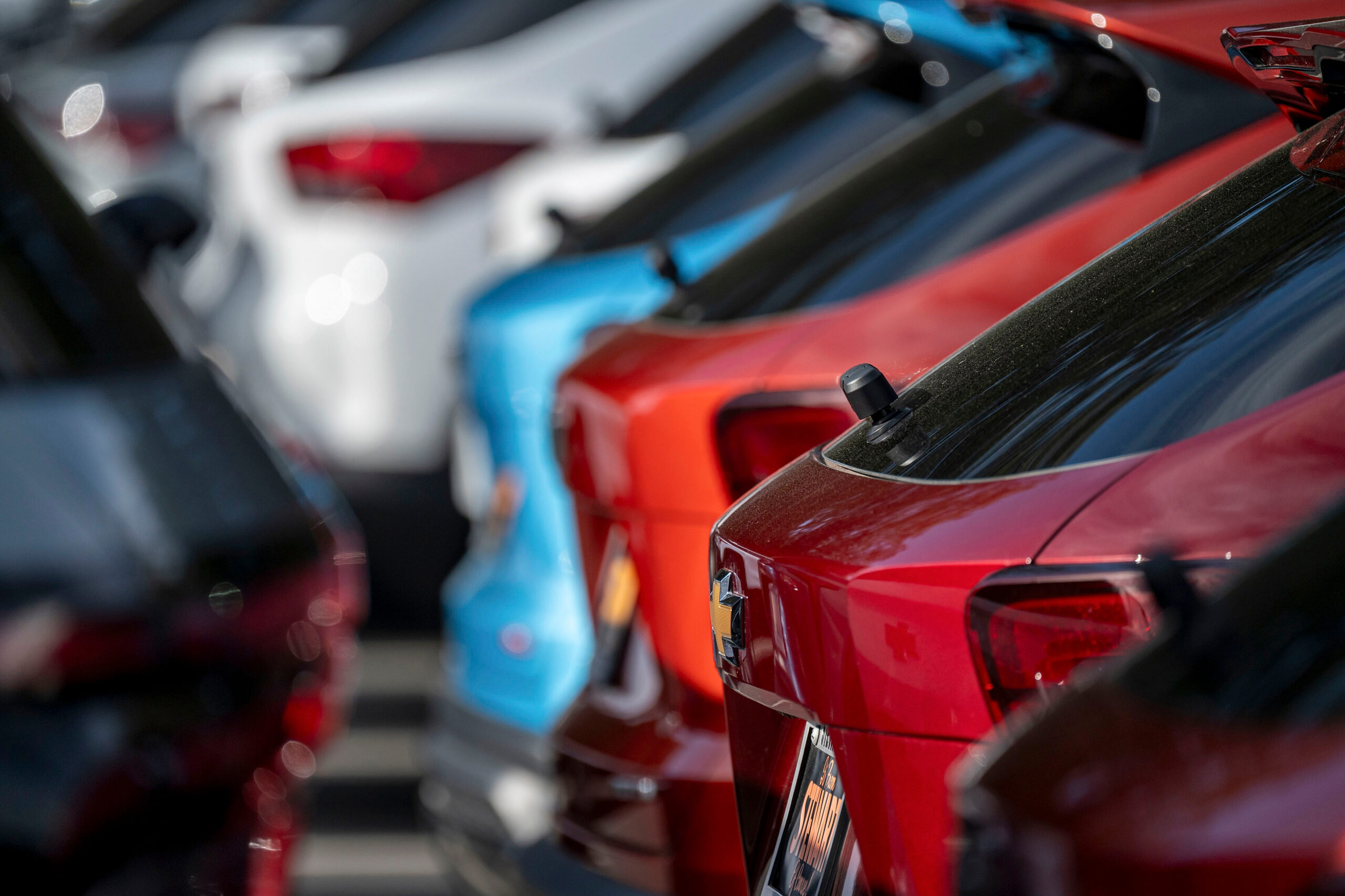Inspections around the world after a jet engine failed earlier this year on a Southwest Airlines Co. plane, killing a passenger, found an additional eight cases of cracked fan blades like the one that triggered the incident.
The unexpected damage to the plane – caused by pieces from the exterior of the engine flying loose and striking the fuselage and wing – led to an examination of other engines and the discovery of additional cracked blades, Mark Habedank, an engineer for engine-maker CFM International Inc. told an investigative hearing in Washington Wednesday.
“That’s a lot of blades that are cracking,” said John DeLisi, the chief aviation safety investigator with the National Transportation Safety Board, one of the questioners at the hearing. The NTSB was examining the failure to see why certification standards designed to prevent such accidents apparently weren’t adequate.
CFM, a joint venture between General Electric Co. and France’s Safran SA. believes that heightened inspections of fan blades, better lubrication of where they attach and coatings on the metal blades have combined to prevent such a failure in the future, said Habedank, engineering leader for the engine, the CFM56-7B. In conjunction with the U.S. Federal Aviation Administration, inspection requirements have been increased on the engines this year.
The engine failed so violently that its exterior cover at the front, known as a nacelle, broke apart on April 17 and a piece struck a window on the Boeing Co. 737-700. The window shattered and a woman seated next to it was killed after being partly sucked from the plane.
A similar cracked blade caused another failure on a Southwest 737-700 on Aug. 27, 2016, near Pensacola, Florida. No one was hurt on that flight.
CFM “responded aggressively” to the 2016 event and this year helped airlines inspect all of the approximately 350,000 fan blades on the CFM56-7B engines, the company said in a statement. The engine powers more aircraft than any other; more than 14,000 are in service.
A third engine failure in which debris showered the plane occurred Feb. 13 during a United Continental Holdings Inc. flight from San Francisco to Honolulu, forcing the Boeing 777-200 to make an emergency landing. The plane was equipped with engines made by by United Technologies Corp.’s Pratt & Whitney division. There also were no injuries in that episode.
As a result of those cases, DeLisi said aircraft and engine manufacturers may “need to rethink” how they build and test the external components to jet engines, which guide air into the turbines. While engines have hardened covers to prevent debris in a failure from escaping, some of the external surfaces don’t face such rigorous standards.
Was this article valuable?
Here are more articles you may enjoy.

 An Unusually Active Hurricane Season Is in Store for the Atlantic
An Unusually Active Hurricane Season Is in Store for the Atlantic  What Claims Pros Must Know About Small Businesses’ Insurance Blind Spots
What Claims Pros Must Know About Small Businesses’ Insurance Blind Spots  Scammers Are Pushing Auto Loan Fraud to Record Levels
Scammers Are Pushing Auto Loan Fraud to Record Levels  Alibaba Teams up With BMW to Develop AI for Cars in China
Alibaba Teams up With BMW to Develop AI for Cars in China 